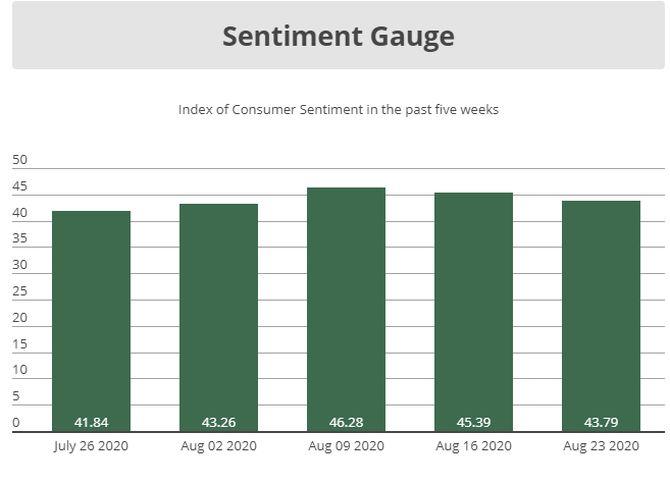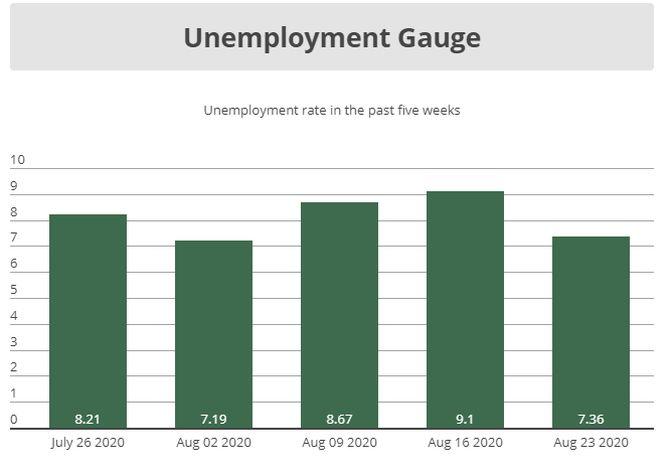'The 20 to 24 age group accounted for 35% of job losses till July.'
'The 25 to 29 age bracket account for 46% of all job losses,' reveals Mahesh Vyas.

COVID-19 is known to be particularly dangerous for the elderly who may have comorbidities.
It is also known to be equally dangerous for very small children.
Young adults are less likely to be infected by the disease so as to lead to a fatal outcome.
Most youngsters remain asymptomatic through a possible infection and the event is often no different from a common flu.
But the lockdown, which is a consequence of the highly contagious nature of this disease, is particularly harmful to youngsters.
While youngsters who are ready to start working may escape the overwhelmingly debilitating effects of the disease, they are suffering an equally crippling experience on their career and their future.
The disease and its companion, the lockdown, together have hobbled, if not paralysed, the entire age spectrum from being gainfully employed.
It is conventional to count employment only for people of 15 years or more.
The upper bound has been shifting progressively higher over time.
We believe that in a modern society, a lower bound is sensible.
Children are expected to be in school. But, there should be no upper bound on employment. We, therefore, measure all labour statistics for people of 15 years or more with no upper bound.
In India, people in the age bracket of 15 to 19 account for less than 1.5 per cent of all employed persons.
This low proportion is a good sign because these youngsters should be in school or college.
The next five years, 20 to 24, account for a substantial 8.5 per cent of all persons employed.
This ratio has been falling. It was 9.1 per cent in 2017-2018 before it fell to 8.6 per cent in 2018-2019, and then 8.5 per cent in 2019-2020.
This could also be a healthy sign of greater enrollment for higher education.
Thereafter, all five-year age brackets, from 25 years and above, contain between 11 and 15 per cent of the employed labour force.
There is a slightly higher concentration among people in their forties.
Their share in the employed is 14 to 15 per cent. The rest account for 11 to 12 per cent.
A somewhat worrisome finding from CMIE's Consumer Pyramids Household Survey is that the share of people in their late 20s and in their 30s is also declining in the total employed labour force.
This fall was particularly sharp in 2019-2020.
Their collective share fell from a little over 36 per cent in 2017-2018 and 2018-2019 to 34 per cent in 2019-20.
The past few years have been very difficult on the economy and, therefore, on labour.
The adverse impact of the slowdown seems to have been disproportionately high on youngsters.
The lockdown has had a similar impact.
The 20 to 24 age group, which accounts for less than 9 per cent of total employment, accounted for 35 per cent of the job losses till July 2020.
Those in the 25 to 29 age bracket account for 11 per cent of all jobs, but 46 per cent of all job losses.
Cumulatively, between April and July 2020, 11 million jobs were lost compared to the average employment in 2019-2020.
But job losses in the workforce aged less than 40 were much higher, at 19.6 million.
Three factors seem to be working against younger workers.
First, a slowing economy generates lower demand for labour.
Enterprises are expanding lesser than earlier and, therefore, are generating lesser demand for additional labour.
Additional demand for labour is usually met by youngsters who join the labour force.
But, with the slowdown, the demand for this young new labour force has shrunk.
As a result, slowly, the age profile of the workforce is shifting towards the relatively older workers.
Second, the younger workforce in an enterprise is less experienced and, therefore, is more easily dispensable.
In the initial years, enterprises invest in fresh labour to make them useful.
In difficult times, they are less willing to make such an investment.
As a result, the axe falls more quickly on youngsters.
Third, during the lockdown, enterprises cannot hire and train new recruits easily.
This is a new constraint.
But this is a very serious constraint since it is now quite prolonged.
An ageing workforce in a young population is weird. It has implications on future generations.




Mahesh Vyas is MD and CEO, CMIE P Ltd
Feature Presentation: Aslam Hunani/Rediff.com












 © 2025
© 2025